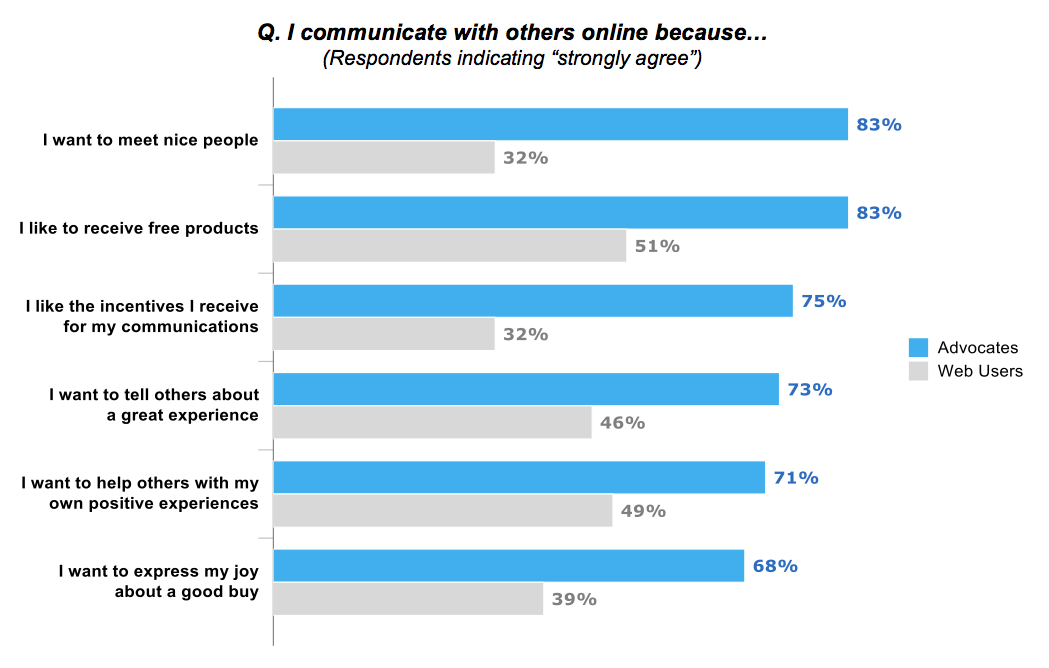By adaptive - February 20th, 2013
In the second in our series of articles on brand advocacy, we look at defining and tracking the worth of an influencer - and working out how much to invest in them.
At a very basic level, brand advocates are free at the point of delivery. Positive reviews on sites such as Amazon and TripAdvisor, endorsements on company and sector forums, and unsolicited recommendations on Facebook, Twitter and the rest can all be achieved at little or no additional cost to a business. Apart, that is, from providing a good product and/or service in the first place.
The increasing importance of your advocates

Investing in people and resources
Do incentives encourage or devalue advocacy?
[SOURCE]
Next Reads
June 2014, New York
Become a social business: For superior marketing response, sharper corporate decision-making, enhanced innovation and a happier, more loyal customer
Brochure Programme